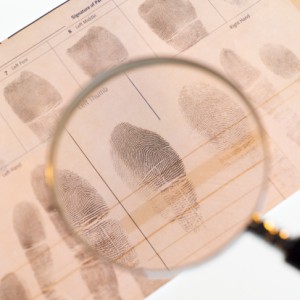Does Fingerprinting Food Stamp Recipients Save Money?

(Stockbyte)
What do New York City and Arizona have in common? No, this is not a trick question; there is one thing: currently, they are the only jurisdictions in the country that require food stamp recipients to register their fingerprints in an electronic database. California and Texas recently lifted their fingerprinting requirements.
Not surprisingly, this has touched off a debate over social utility and costs in New York. Proponents say that the resulting fingerprint database saves the city millions of dollars a year in duplicate fraud. Last year, the Human Resources Administration said it found 1,900 cases of duplicate applications for 2010, with savings of nearly $5.3 million.
Detractors claim this estimate is unproven and that fingerprinting keeps a certain amount of needy people out of the system through intimidation. They also point out that the process costs New York $187,364 a year to implement. Research from the Urban Institute, as cited by New York City Council Speaker Christine Quinn, estimates that around 30,000 people are deterred from getting food stamps because of the fingerprinting requirement, which she claims costs low-income families (and the city’s economy) $54 million a year in federal benefits.
One wonders, though, if this kind of exclusion isn’t part of the calculation going on. Mayor Michael Bloomberg is a staunch proponent of the program, declaring the current rate of food stamp fraud to be an unbeatable zero percent.
Modern fingerprinting has a long and fascinating history, from Babylon to ancient China, but the idea of keeping a database of fingerprints for widespread identification got its start in British Calcutta, first as contract signatures and then as a way to make sure that Indian civil service pensions weren’t collected by family members after a pensioner died. The man responsible for this bureaucratic breakthrough was Sir William Herschel, who in 1916 wrote his own treatise, The Origin of Fingerprinting, on his work. He writes:
…fraudulent attempts did still come to light. Signatures were still denied personations in presenting false deeds did take place, either to swindle, or, in one case, to fabricate an alibi. As long as I was at Hooghly I was quite satisfied that no will or other deed registered there with the new safeguard would ever be repudiated by the actual executant.
Herschel goes on to lament that after he left India, a man came into the Registrar offices having “cut off the joints of his fingers, hoping to defeat justice by corrupting the witness.”
Hopefully the 30,000 intimidated hungry of New York won’t have to resort to such measures for a meal.

Comments